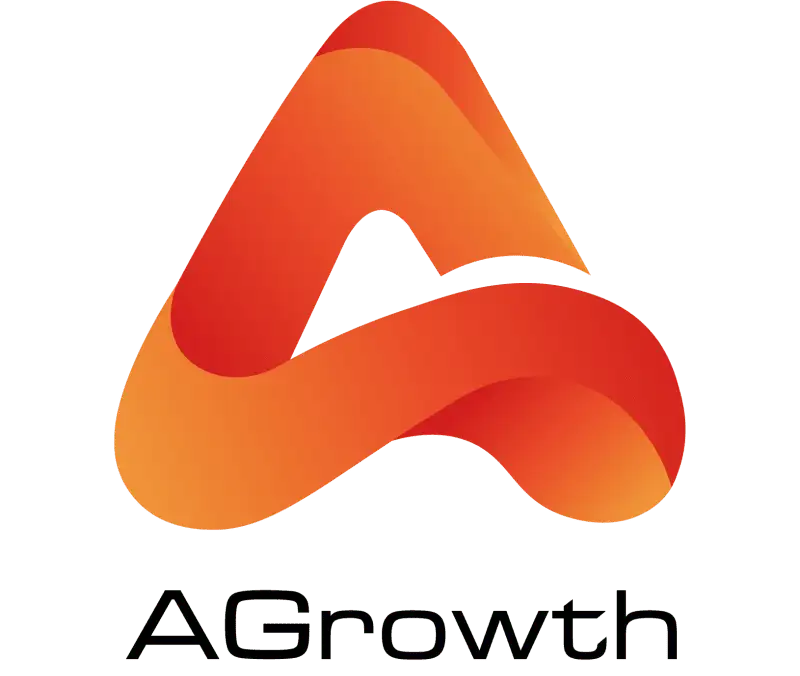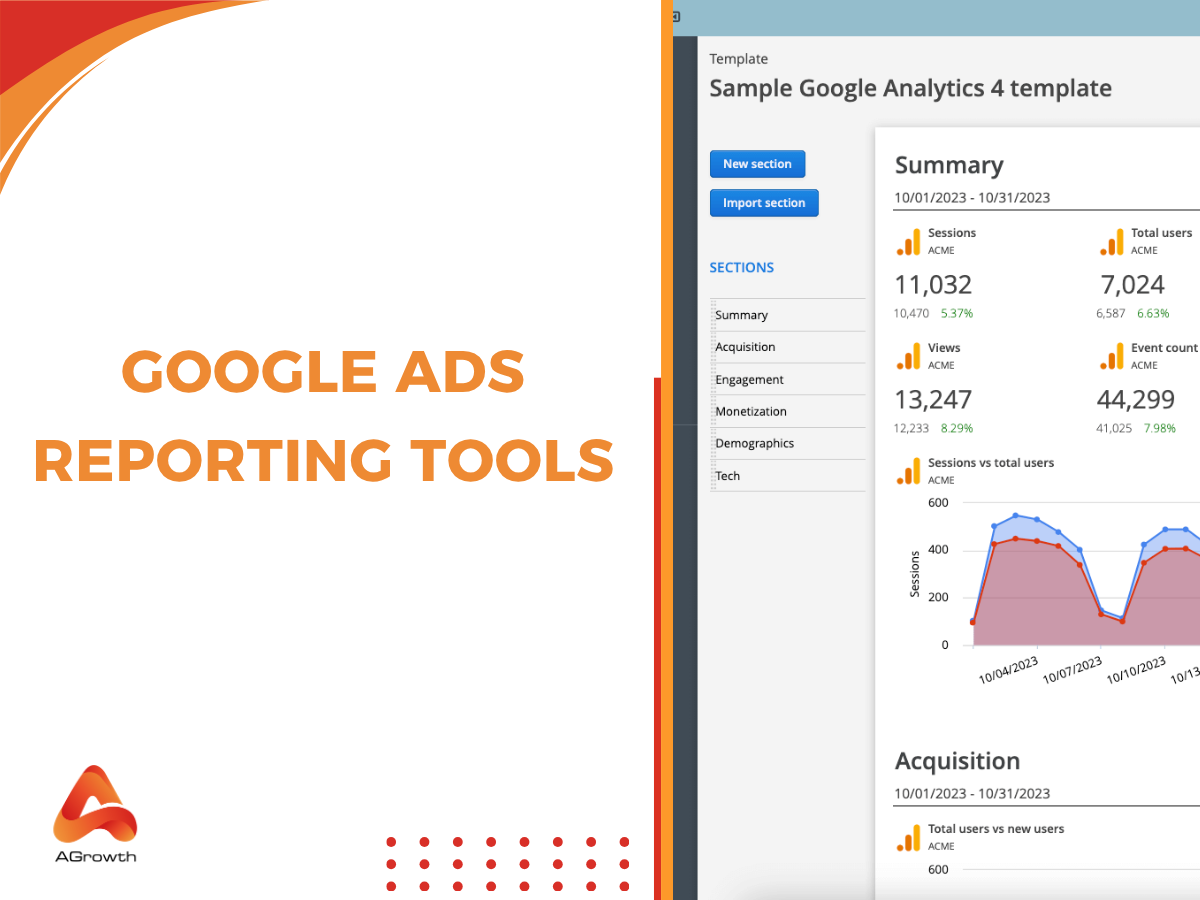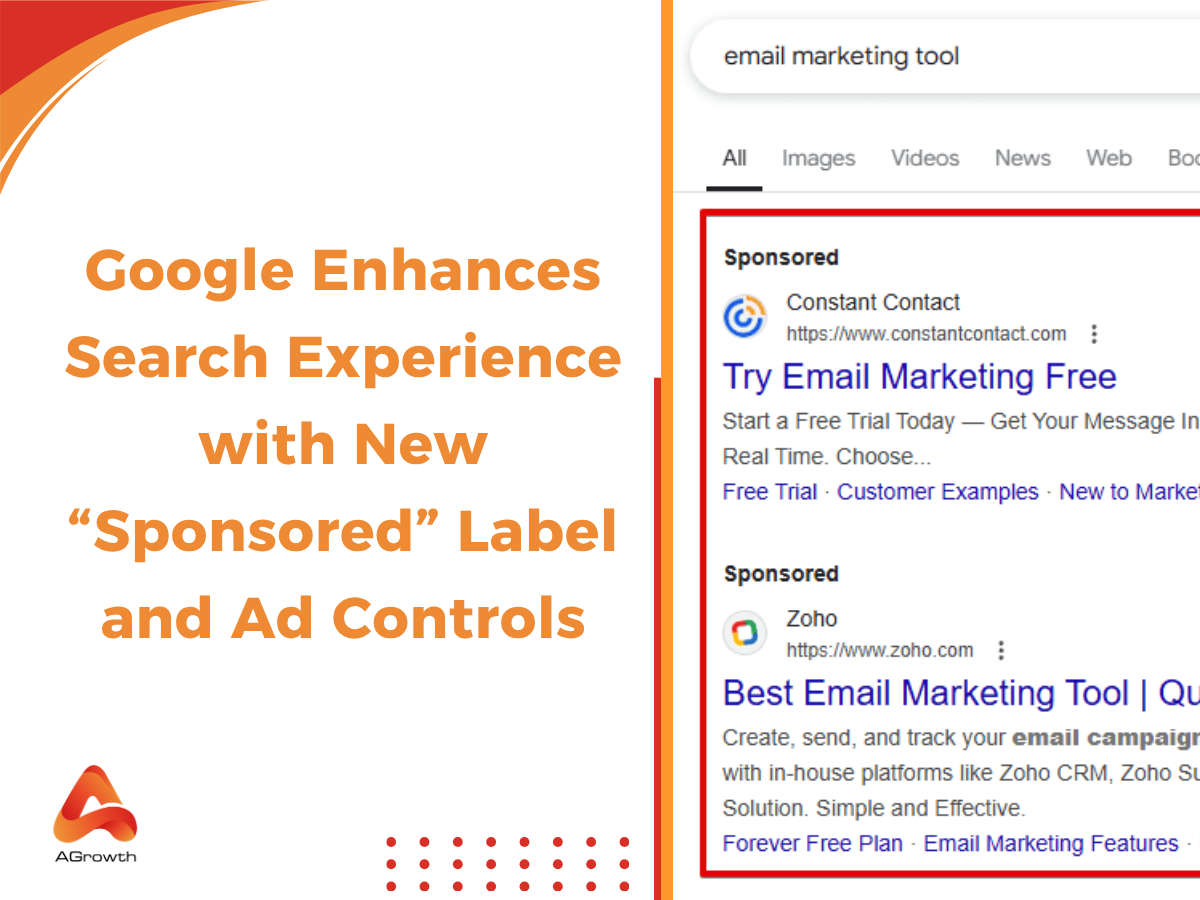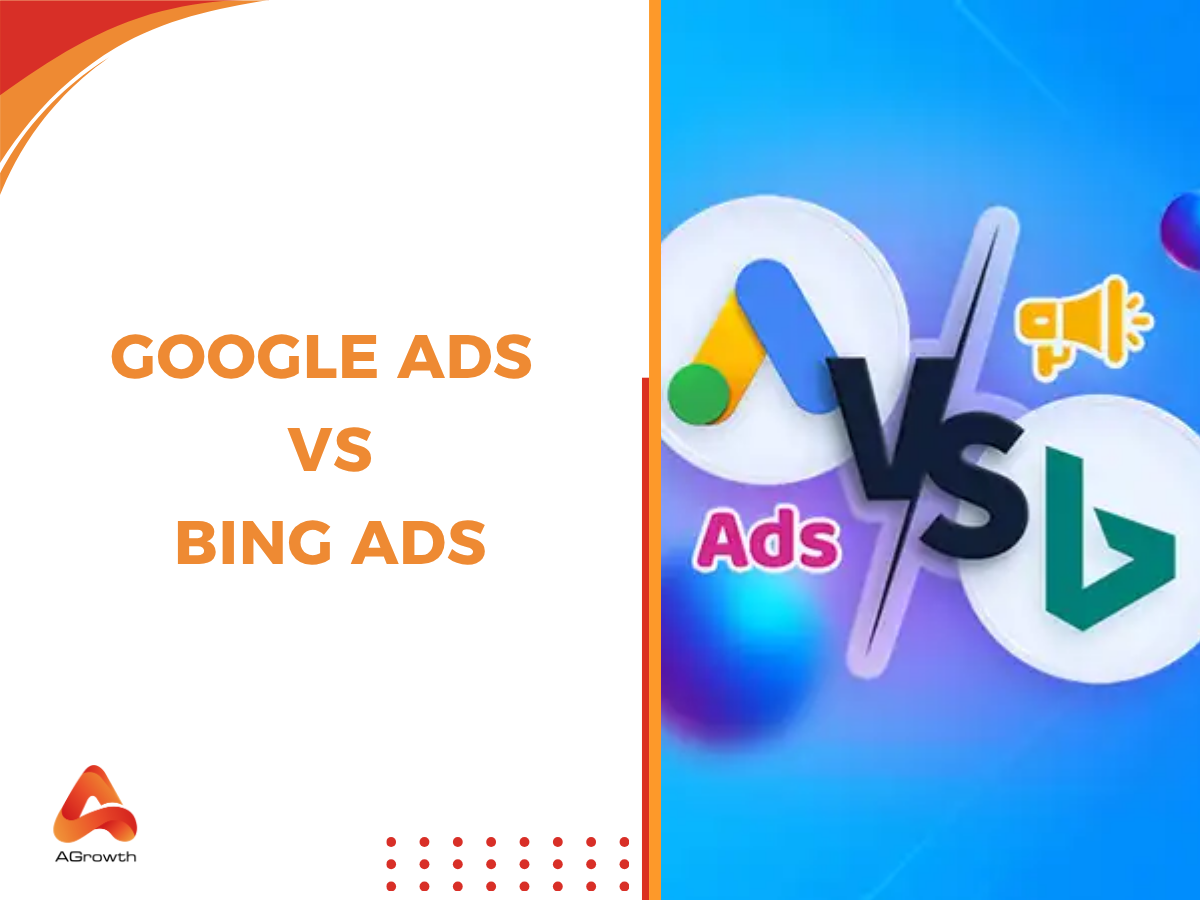
Table of Contents
Google Ads Campaign Types: In-Depth Analysis for Savvy Marketers
Choosing the right Google Ads campaign type is more than a checkbox; it’s your strategic starting point for reaching business goals efficiently. When managing budgets, creative assets, and performance metrics, knowing which campaign to use and why is crucial for determining ROI. This guide deconstructs each campaign type—what it is, key features, typical use cases, and ad placements, so you can make informed decisions and optimize across funnels.
What Are Google Ads Campaign Types?
At its core, a Google Ads campaign type determines the fundamental nature of your advertising approach. It defines which of Google's vast networks your ads will be eligible to run on—be it the search engine results page, partner websites, YouTube, Gmail, or mobile apps. Each type is engineered with a specific purpose in mind, offering a unique set of tools, ad formats, bidding strategies, and targeting options tailored to different marketing goals.
Think of the campaign type as the blueprint for your entire advertising structure. Your choice will influence everything from creative asset requirements to performance metrics. It's the first and most critical step in building a successful Google Ads campaign structure, ensuring that your message is delivered in the right context to the right people at the right time.
What are the different types of Google Ad campaigns?
There are seven main types of campaigns in Google Ads. Each Google Ads campaign is designed to connect with users at different stages of the customer journey. Let's dissect each one to understand its mechanics, features, and strategic value.
1. Search Campaigns
Search campaigns are the cornerstone of Google Ads and often the first touchpoint for businesses looking to capture high-intent users. These are the text-based ads you see on the Google Search Results Page (SERP) when you look for a product, service, or solution.

-
What It Is: Search campaigns place text ads in the network of search results. They operate on a pull marketing basis, targeting users who are actively searching for keywords related to your business. This high level of user intent is what makes Search campaigns so powerful for driving conversions.
-
Key Features:
-
Keyword Targeting: The primary targeting method, allowing you to bid on specific search terms.
-
Ad Formats: Includes Responsive Search Ads (RSAs), which allow you to provide multiple headlines and descriptions that Google's machine learning mixes and matches to find the best combination. Dynamic Search Ads (DSAs) are also available, which automatically generate headlines based on the content of your website.
-
Audiences: You can layer audience targeting (like affinity, in-market, or your own data) on top of keywords to refine who sees your ads.
-
Ad Locations: Primarily on Google Search Results Pages. They can also appear on Google search partners, which include hundreds of non-Google websites, as well as Google Maps and Google Shopping.
-
Most Common Use Cases:
-
Lead Generation: Capturing contact information from users actively seeking your services (e.g., "emergency plumber near me").
-
E-commerce Sales: Driving traffic to product pages for users with high purchase intent (e.g., "buy running shoes for women").
-
Driving Website Traffic: Attracting a relevant audience to your content or landing pages.
-
Example: A local plumbing company in Houston bids on the keyword "emergency plumber Houston." Their Responsive Search Ad appears at the top of the search results, featuring headlines like "24/7 Emergency Plumber," "No Call-Out Fee," and "Licensed & Insured." The ad directs users to a landing page where they can call or fill out a form for immediate service. This directly captures a user with an urgent need.
2. Display Campaigns
If Search campaigns are about capturing existing demand, Display campaigns are about creating it. These visually-driven ads reach users while they are browsing their favorite websites, using apps, or checking their Gmail.

-
What It Is: Display campaigns allow you to serve visually engaging ads across a massive network of over two million websites, videos, and apps. It's a form of push marketing, designed to introduce your brand to potential customers or re-engage past visitors.
-
Key Features:
-
Rich Targeting Options: Go beyond keywords with targeting based on demographics, interests (affinity audiences), active research behavior (in-market audiences), and custom audiences built from your data.
-
Visual Ad Formats: Use Responsive Display Ads, which automatically adjust their size, appearance, and format to fit available ad spaces, or upload your own image ads in various sizes.
-
Remarketing: A core strength of the Display Network is its ability to reconnect with users who have previously visited your website or app.
-
Ad Locations: The Google Display Network (GDN), which includes a vast array of publisher websites, mobile apps, and Google properties like Gmail and YouTube.
-
Most Common Use Cases:
-
Brand Awareness: Getting your brand, products, or services in front of a broad but relevant audience.
-
Remarketing: Reminding potential customers about the products they viewed or abandoned in their cart.
-
Driving Engagement: Promoting content like blog posts or guides to a targeted audience.
-
Example: A consumer electronics brand is launching a new set of wireless headphones. They run a Display campaign targeting "In-market audiences" for audio equipment and "Affinity audiences" for tech enthusiasts. Their visually appealing banner ads, showcasing the sleek design of the headphones, appear on tech review websites and blogs, building awareness and driving traffic to the product page.
3. Video Ad Campaigns
With YouTube being the world's second-largest search engine, video campaigns offer an unparalleled opportunity to engage audiences through rich storytelling and dynamic visuals.

-
What It Is: Video campaigns let you run video ads on YouTube and across the Google Display Network. They are designed to capture attention, tell a brand story, and drive action in a highly engaging format.
-
Key Features:
-
Diverse Ad Formats: Includes skippable in-stream ads, non-skippable in-stream ads, in-feed video ads (formerly Video discovery ads), bumper ads (6-second non-skippable), and outstream ads (mobile-only, outside of YouTube).
-
Advanced Audience Targeting: Leverage YouTube's rich data to target viewers by demographics, interests, viewing habits, and interaction with your channel or other videos.
-
Performance Measurement: Track metrics unique to video, such as view rate, watch time, and earned actions (like subscriptions or shares).
-
Ad Locations: Primarily on YouTube, but also on websites and apps across the Google Display Network.
-
Most Common Use Cases:
-
Building Brand Awareness & Reach: Reaching a massive audience with a compelling brand message.
-
Product Consideration: Showcasing product features and benefits to an engaged audience.
-
Driving Conversions: Using formats like Video action campaigns with strong calls-to-action to generate leads or sales.
-
Example: An automotive brand launches a new SUV. They create a 30-second skippable in-stream ad on YouTube that tells a story about adventure and family. The ad is targeted to users who have shown interest in "SUVs" or "Family Cars" and viewers of popular automotive review channels. The goal is to build excitement and drive viewers to the "Build Your Own" page on their website.
4. Shopping Campaigns
For e-commerce businesses, Shopping campaigns are indispensable. These are the product-focused listings that appear prominently in search results, complete with an image, price, and store name.

-
What It Is: Shopping campaigns promote your online and local inventory. Instead of keywords, these campaigns use the product data from your Google Merchant Center account to determine when and where to show your ads.
-
Key Features:
-
Product Listing Ads (PLAs): Highly visual ads that provide key product information directly in the SERP, giving users a strong idea of what they're clicking on.
-
Merchant Center Integration: Requires a product feed to be set up and maintained in Google Merchant Center, which acts as the source of truth for all product information.
-
Campaign Subtypes: Includes Smart Shopping campaigns (which are now upgrading to Performance Max) and Standard Shopping campaigns, which offer more granular control over bidding and organization.
-
Ad Locations: Google Search Results (separate from text ads), the Shopping tab, Google Images, and on Google Search Partner websites.
-
Most Common Use Cases:
-
Driving Online Sales: The primary goal is to get users with high commercial intent directly to a product page to make a purchase.
-
Promoting Local Inventory: Driving foot traffic to physical stores by showing products available nearby.
-
Retail Brand Visibility: Occupying prime real estate on the SERP for relevant product searches.
-
Example: An online fashion retailer wants to promote their new line of summer dresses. When a user searches "floral maxi dress," the retailer's Shopping ad appears at the top of the results. It shows a high-quality image of the dress, its price ($59.99), the store name, and a 5-star rating. This allows the user to compare options visually before even clicking, leading to more qualified traffic.
5. App Campaigns
As the name suggests, App campaigns are a specialized solution designed specifically to drive downloads and in-app actions for your mobile application.
-
What It Is: App campaigns simplify the process of promoting your app across Google's largest properties. You provide some text, a starting bid, and assets (like images or videos), and Google's AI automates the rest to help you reach your campaign goals.
-
Key Features:
-
Automated Targeting & Bidding: Machine learning handles the heavy lifting, optimizing your ads to reach the users most likely to install your app or complete a specific in-app action.
-
Cross-Network Promotion: As stated by Google Support, "Your ads are automatically eligible to appear on Google Search, Google Play, YouTube, Gmail, and within other apps and mobile websites on the Display Network." This broad reach is a key advantage.
-
Goal-Oriented Optimization: You can optimize for installs (CPI), in-app actions (CPA), or in-app action value (tROAS).
-
Ad Locations: Google Play Store, Google Search, YouTube, Google Display Network, and within the AdMob network of apps.
-
Most Common Use Cases:
-
Increasing App Installs: The most common objective is to drive new user acquisition.
-
Driving In-App Engagement: Encouraging existing users to take specific actions, like making a purchase, completing a level, or subscribing.
-
Example: A mobile gaming company wants to increase downloads for its new puzzle game. They launch an App campaign, providing video assets from the game, text for headlines, and setting a target cost-per-install (CPI) of $1.50. Google's AI then automatically shows video ads on YouTube, banners on the Display Network, and a listing on the Google Play Store to users who are most likely to be interested in puzzle games, optimizing delivery to meet the CPI goal.

6. Demand Gen Campaigns
Demand Gen is the evolution of Discovery campaigns, designed to drive demand and consideration among visually-rich, entertainment-focused platforms.
-
What It Is: Demand Gen campaigns help you find and engage consumers with immersive, relevant, and visual creatives that grab attention and spur action. They are built to reach people in discovery mode, before they even begin to search.
-
Key Features:
-
AI-Powered Audience Targeting: Utilizes Google's understanding of user signals across its platforms to reach people who have shown interest in similar products or brands.
-
Visually Rich Formats: Ads appear natively within content feeds, using a single image or a carousel of images to capture user interest.
-
Broad Reach on Google's Feeds: Designed specifically for Google’s most visual, entertainment-focused surfaces.
-
Ad Locations: YouTube (including Shorts), Google Discover feed, and Gmail (Promotions and Social tabs).
-
Most Common Use Cases:
-
Driving Mid-Funnel Actions: Perfect for getting your brand in front of new, highly relevant audiences to build consideration and drive website traffic or leads.
-
Scaling Conversions: Reaching new customers beyond the scope of your search campaigns.
-
Remarketing: Re-engaging past website visitors with visually compelling creative in new contexts.
Example: A skincare brand wants to introduce its new vitamin C serum to a younger audience. They use a Demand Gen campaign with a visually striking video ad optimized for vertical viewing on YouTube Shorts and a carousel ad for the Google Discover feed. They target lookalike audiences based on their existing customers and users interested in "skincare" and "beauty tips." The campaign's goal is to drive traffic to a landing page offering a free sample.
7. Performance Max Campaigns
Performance Max (PMax) represents the pinnacle of Google's automation and AI. It is a goal-based campaign type that consolidates access to all Google Ads inventory from a single campaign.
-
What It Is: According to Google Support, "Performance Max is a goal-based campaign type that allows performance advertisers to access all of their Google Ads inventory from a single campaign." You provide the conversion goals, creative assets, and audience signals, and PMax’s AI will find converting customers across all of Google's channels.
-
Key Features:
-
Full Channel Coverage: Your ads can serve across YouTube, Display, Search, Discover, Gmail, and Maps.
-
Goal-Focused Automation: Bidding, targeting, creative delivery, and attribution are fully automated to maximize conversions based on your specified goals.
-
Asset Groups & Audience Signals: You provide creative assets (text, images, videos) in an "asset group" and guide the AI with "audience signals" (your data, custom segments, etc.), but the system has the freedom to reach beyond these signals if it finds conversion opportunities.
-
Most Common Use Cases:
-
Maximizing Conversions: When your primary objective is to generate as many leads or sales as possible within a set budget or target CPA/ROAS.
-
Finding New Customer Segments: Leveraging AI to uncover new, high-converting audiences you might not have discovered manually.
-
Simplifying Campaign Management: Consolidating multiple campaign types into a single, automated campaign.
-
Ad Locations: All of them: Search, Display, YouTube, Gmail, Discover, and Maps.
-
Example:
An online home goods retailer is running a Black Friday sale. They launch a Performance Max campaign to maximize conversion value. They upload their best assets—videos of products in use, high-quality images, promotional text, and logos—into an asset group. They provide their customer list as an audience signal.
PMax then automatically creates and serves ads across all channels, showing Shopping ads to users searching for specific products, video ads on YouTube to engaged audiences, and Display remarketing ads to past site visitors, all optimized by AI to drive the highest possible sales revenue.
How to Choose the Right Campaign Type for Your Goals
With a clear understanding of each campaign, the next step is to map them to your business objectives. The right choice depends entirely on what you want to achieve.
For Lead Generation & Sales:
-
Search Campaigns: The top choice for capturing users actively looking for your solution. The intent is baked in.
-
Shopping Campaigns: Essential for any e-commerce business aiming to drive direct product sales.
-
Performance Max: A powerful, all-encompassing option to maximize conversions across all channels, especially effective when fed strong first-party data.
For Brand Awareness & Reach:
-
Display Campaigns: Unmatched for cost-effective reach, getting your brand visuals in front of millions of relevant users.
-
Video Campaigns: The best way to tell a story and build an emotional connection with your audience at scale through YouTube.
-
Demand Gen Campaigns: Ideal for introducing your brand to new audiences in visually engaging, feed-based environments.
For Engagement & Consideration:
-
Demand Gen Campaigns: Specifically designed to spark interest and consideration on platforms where users are open to discovery.
-
Video Campaigns: Use formats like in-feed video ads to engage users who are researching topics related to your industry.
-
Display Remarketing: Keep your brand top-of-mind for users who have already shown interest by visiting your site.
Below is the overview of Google Ads campaign types to help you make better decisions:
|
Type |
Ideal For |
Ad Placement |
|
Search Ads |
Capturing high-intent search traffic |
Google Search results |
|
Display Ads |
Building brand awareness |
Google Display Network (websites, apps) |
|
Shopping Ads |
Promoting e-commerce products |
Google Shopping tab, Search results |
|
Video Ads |
Engaging audiences with rich media content |
YouTube and partner sites |
|
App Ads |
Driving app downloads and engagement |
Google Search, Play Store, YouTube, Display |
|
Discovery Ads |
Reaching users in their discovery phase |
YouTube Home, Gmail, Discover feed |
|
Performance Max |
Maximizing performance across all channels |
All Google channels |
How to troubleshoot underperforming campaigns?
Troubleshooting underperforming Google Ads campaigns requires a systematic approach:
-
Analyze Key Performance Indicators (KPIs): Assess metrics like click-through rates, conversion rates, and cost per conversion to identify areas of concern.
-
Review Ad Copy and Targeting Settings: Examine ad copy for relevance and effectiveness; ensure targeting settings align with your desired audience.
-
Evaluate Bidding Strategies: Determine if your bidding strategy aligns with your campaign goals and adjust as needed.
-
Utilize Google Ads Resources: Access Google Ads help resources for best practices and common pitfalls.
-
Test Ad Variations: Implement A/B testing for different ad versions to identify what resonates best with your audience.
-
Refine Keyword Targeting: Optimize keywords to improve relevance and performance.
Regularly monitoring and making data-driven adjustments ensures that advertisers can address underperformance issues, leading to more successful Google Ads campaigns.
How to Change a Campaign Type in Google Ads
You cannot directly convert an existing campaign from one type to another (e.g., changing a Search campaign into a Display campaign). The campaign type is a foundational setting chosen at creation.
However, if your goals change or you realize a different campaign type is better suited for your strategy, the correct procedure is to create a new campaign.
Here’s the process:
-
Pause or Remove the Old Campaign: To avoid competing with yourself and splitting your budget, stop the original campaign first.
-
Create a New Campaign: Click the blue "+" button in your Google Ads account and select "New campaign."
-
Select Your Goal and New Campaign Type: Follow the setup process, choosing the objective and the new campaign type that aligns with your revised strategy.
-
Rebuild the Campaign Structure: You will need to set up your ad groups, targeting (keywords, audiences, etc.), and ads within the new campaign.
Pro Tip: To save time, you can use the "Copy" and "Paste" functions within the Google Ads UI or use Google Ads Editor to duplicate ad groups, keywords, and ads from your old campaign into the new one. This is much faster than rebuilding everything from scratch, but be sure to adjust settings to fit the new campaign type.
Common Mistakes When Selecting Campaign Types
Even experienced advertisers can make missteps. Avoid these common pitfalls:
Mismatching Campaign Type and Goal
Using a Display campaign for a high-intent, emergency service or expecting a Search campaign to build massive, low-cost brand awareness.
Ignoring the Customer Journey
Focusing only on bottom-funnel campaigns (like Search) and neglecting top-of-funnel strategies (like Video or Display) to fill the pipeline.
Underestimating Asset Requirements
Launching a Performance Max or Demand Gen campaign without providing high-quality, diverse creative assets (images, videos, text). These campaigns are hungry for creativity, and performance suffers without it.
Setting and Forgetting Automated Campaigns
While campaigns like PMax are heavily automated, they still require strategic input, especially with audience signals and performance analysis. They are not a substitute for a skilled marketer.
FAQs About Google Ads Campaign Types
1. Can I run multiple campaign types at the same time?
Yes. Many advertisers combine Search, Display, and Performance Max campaigns for full-funnel coverage. Ensure your Google Ads campaign structure is well-organized to avoid overlap.
2. Which Google Ads campaign type is best for e-commerce?
For e-commerce businesses, Shopping campaigns and Performance Max campaigns are the most effective. Shopping campaigns allow you to showcase products with images, prices, and merchant information directly on Google Search and the Shopping tab. Performance Max extends that reach across Search, Display, YouTube, and Gmail with AI optimization.
3. What’s the difference between Performance Max and Demand Gen campaigns?
Performance Max optimizes across all Google inventory with automation, while Demand Gen focuses on visually engaging ads across YouTube, Discover, and Gmail to drive demand. Both can complement each other in a growth strategy.
4. How do I know if I picked the right campaign type?
Review KPIs like CTR, conversions, and ROI. If results don’t align with your objectives, test another campaign type or refine targeting. Don’t forget to apply Google Ads optimization best practices for improvements.
5. How to check campaign type in Google Ads?
Go to your Google Ads account → “Campaigns” tab → check the “Type” column next to each campaign. This will show if it’s Search, Display, Video, Shopping, etc.
Final thoughts
The most successful advertisers don't just know what each campaign does—they know why and when to use it. By aligning your campaign choice with your specific business goals, understanding the customer journey, and providing the right creative fuel, you can move from simply running ads to architecting a powerful, multi-channel growth engine. Consistent Google Ads Optimization based on data is what will ultimately separate you from the competition.
Ready to scale your advertising without the hassle of account management? AGrowth offers reliable and stable advertising accounts for rent, helping you focus on what matters most: your strategy and growth. Contact us today to learn how we can support your campaigns.









Your comment